The relentless push towards the “ideal” diet is more than a matter of personal health; it’s a financial sinkhole. Here’s a look at how diet culture’s demands chip away at your finances, armed with facts and a healthy dose of outrage.
#1. Specialty Detox Teas
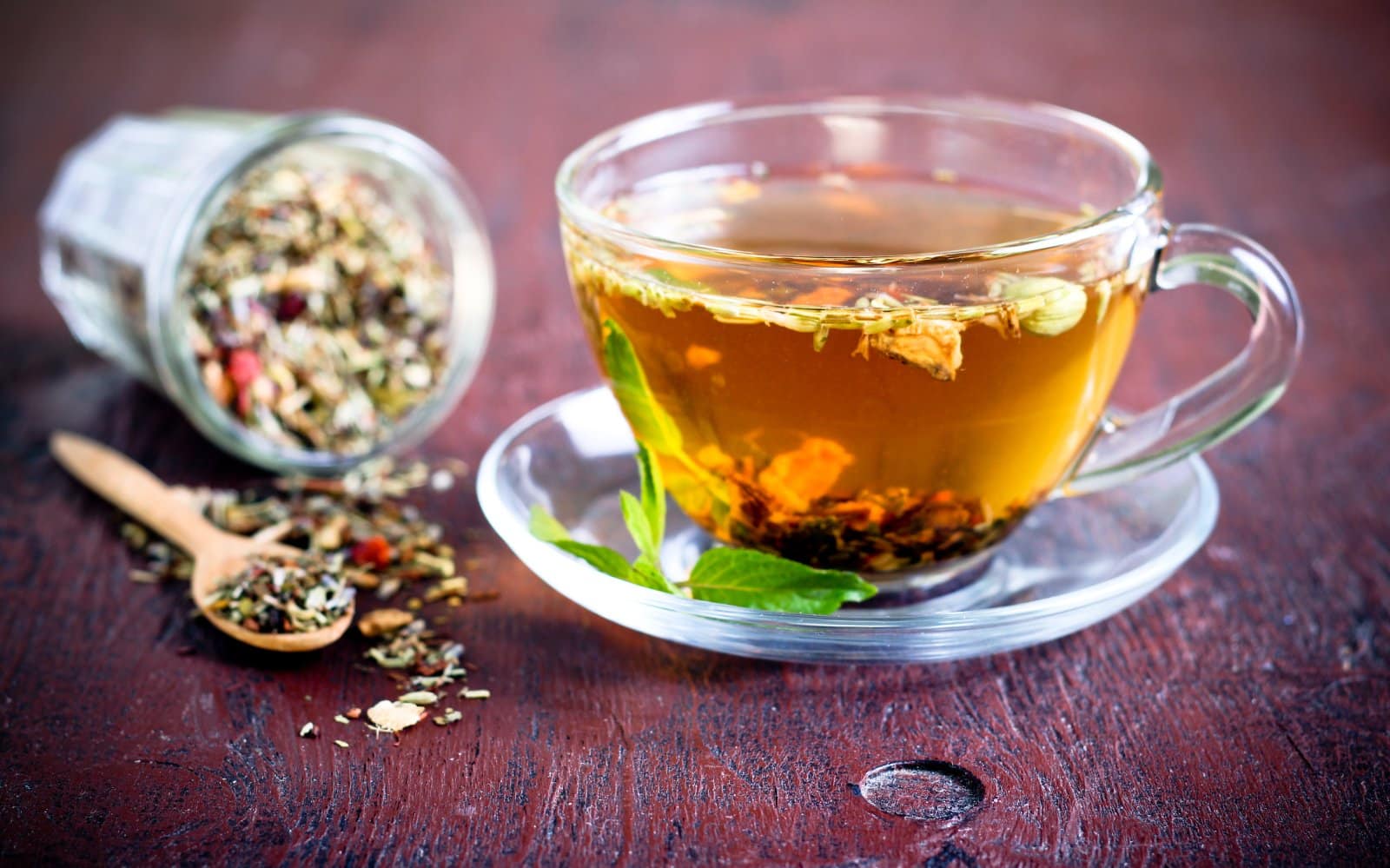
Detox teas promise weight loss and cleansing at a cost upwards of $30 per package, despite lacking scientific backing for their effectiveness. You’re essentially paying for glorified laxatives, risking dehydration and imbalance in your body.
#2. Superfood Supplements
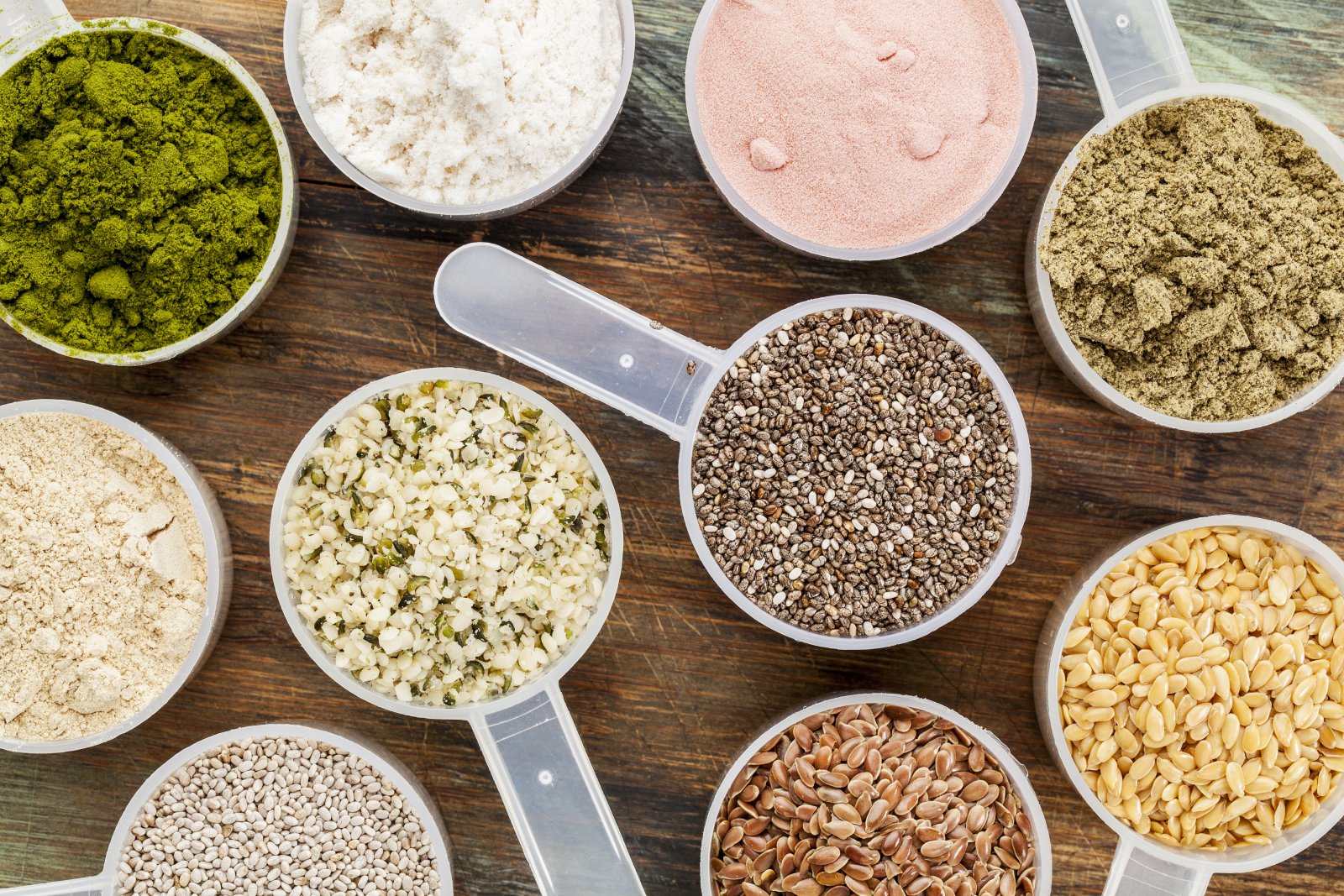
Superfoods and their supplements claim miraculous health benefits, with prices soaring over $50 for a small pouch. Research often shows that whole foods offer the same nutrients without the hefty price tag.
#3. Gluten-Free Products
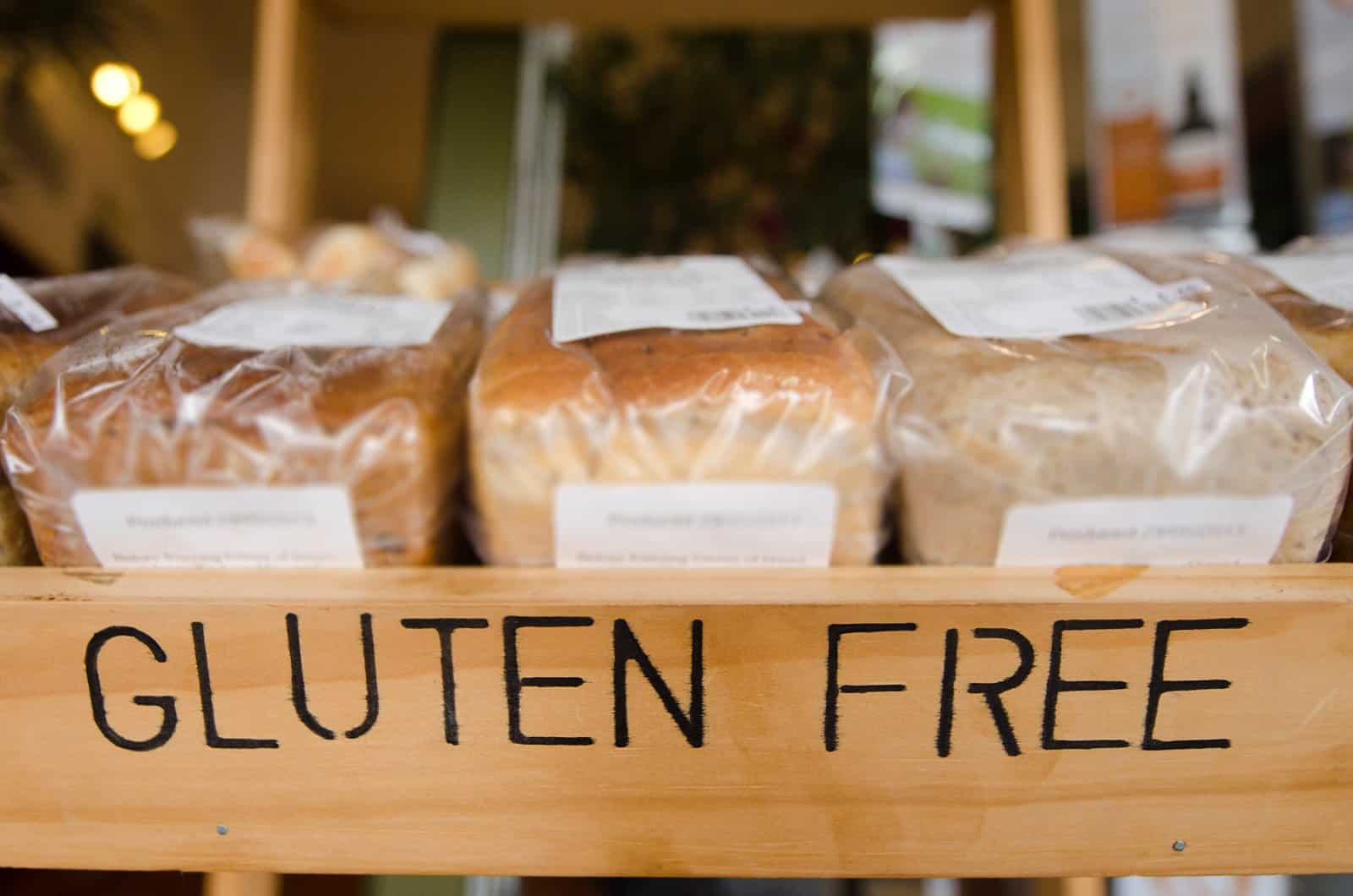
For those without celiac disease or gluten sensitivity, gluten-free products—a market worth over $15 billion—are an unnecessary expense. These items can cost double their gluten-containing counterparts while not offering any proven health benefits.
#4. Organic Groceries

Organic foods can cost 25-50% more than conventional ones, with the organic industry grossing billions annually. The scientific consensus on their nutritional superiority is still out, making this premium hard to justify for everyone.
#5. High-Protein Diets
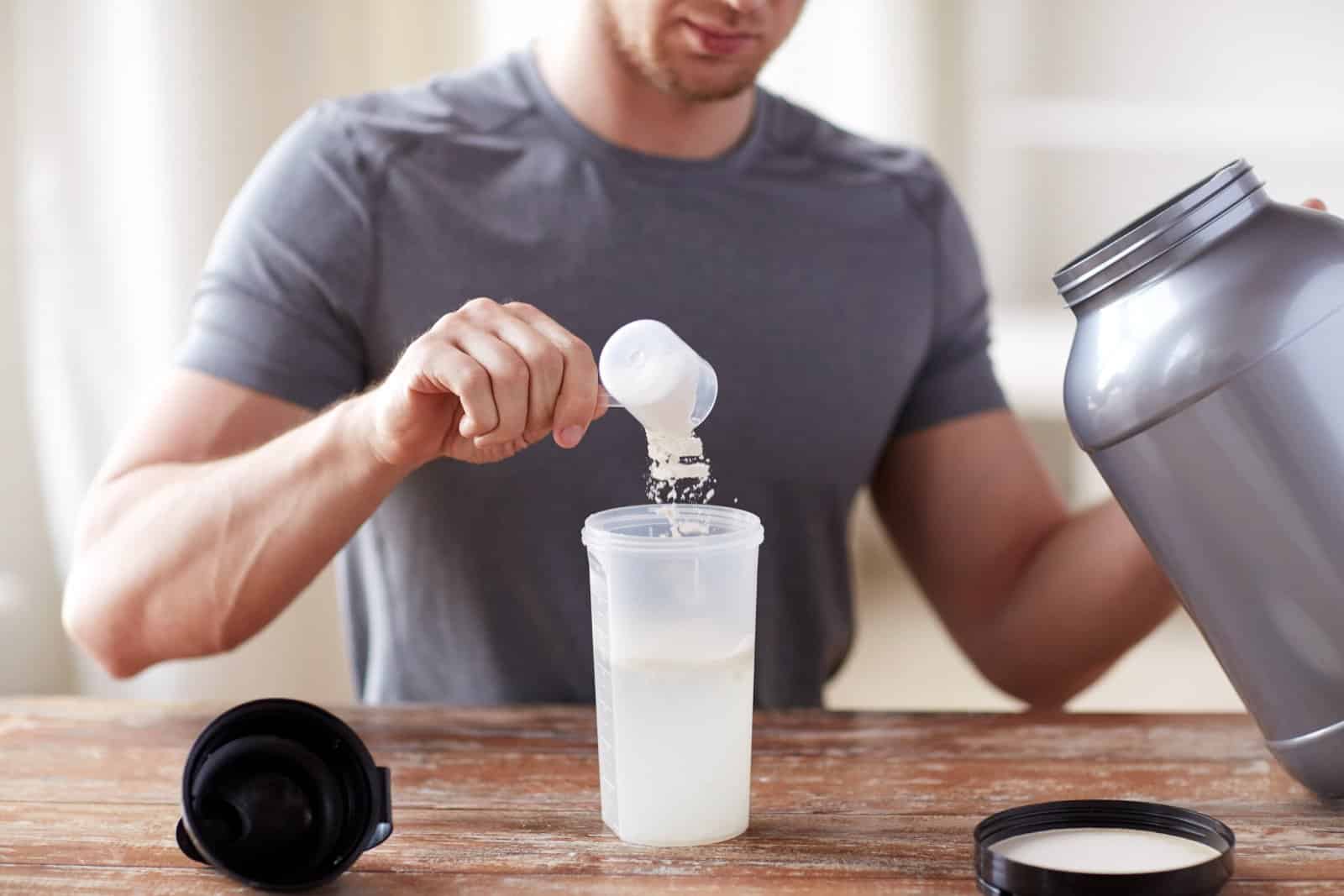
Protein-centric diets and supplements, often recommended for weight loss, can significantly increase grocery bills, with some protein powders costing upwards of $70 per container. Excessive protein intake also poses health risks, like kidney damage, contradicting the promise of better health.
#6. Cold-Pressed Juices
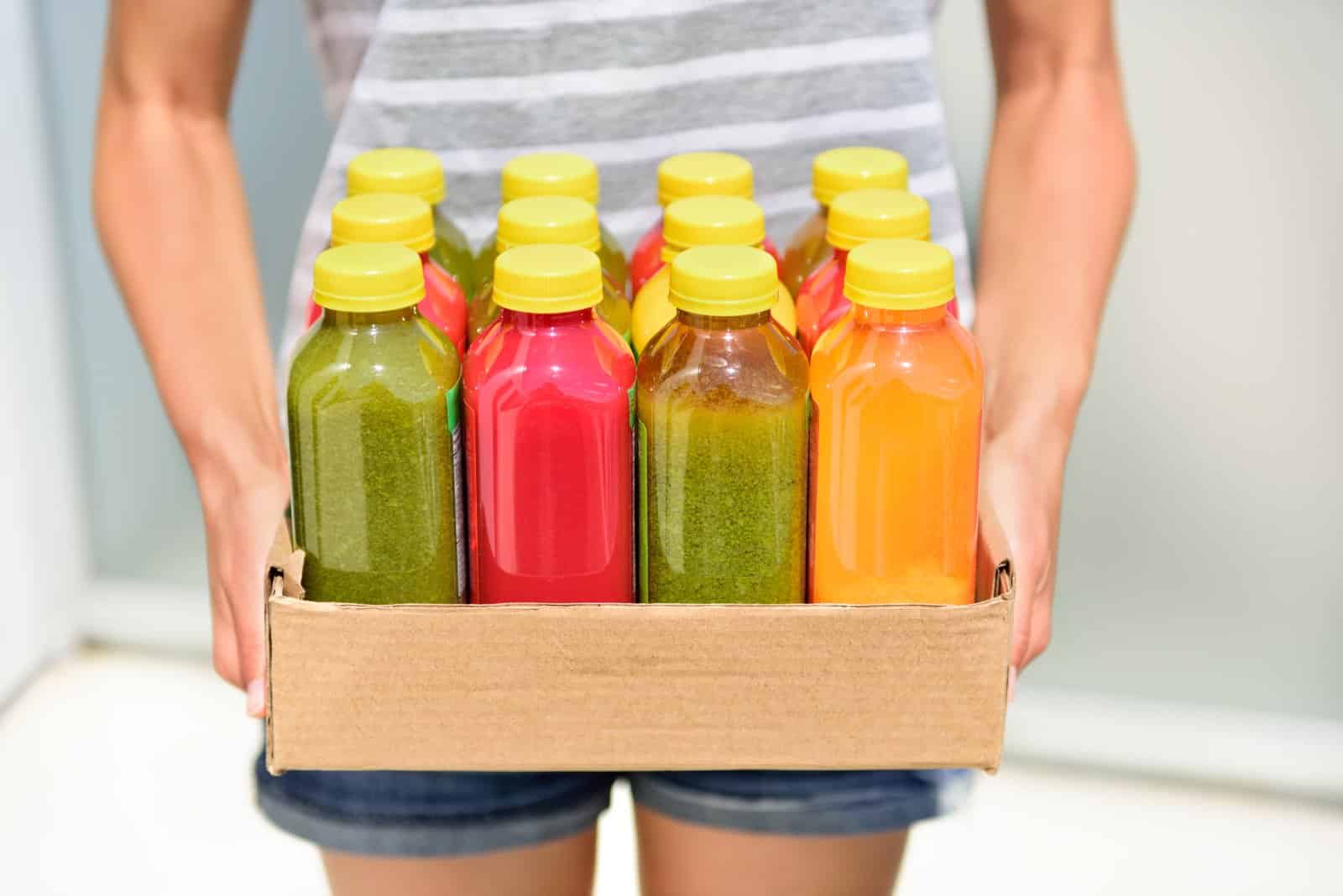
A single bottle of cold-pressed juice can cost $10, adding up to hundreds a month if consumed daily. Despite their health halo, these juices strip away beneficial fiber found in whole fruits and vegetables.
#7. Meal Subscription Boxes
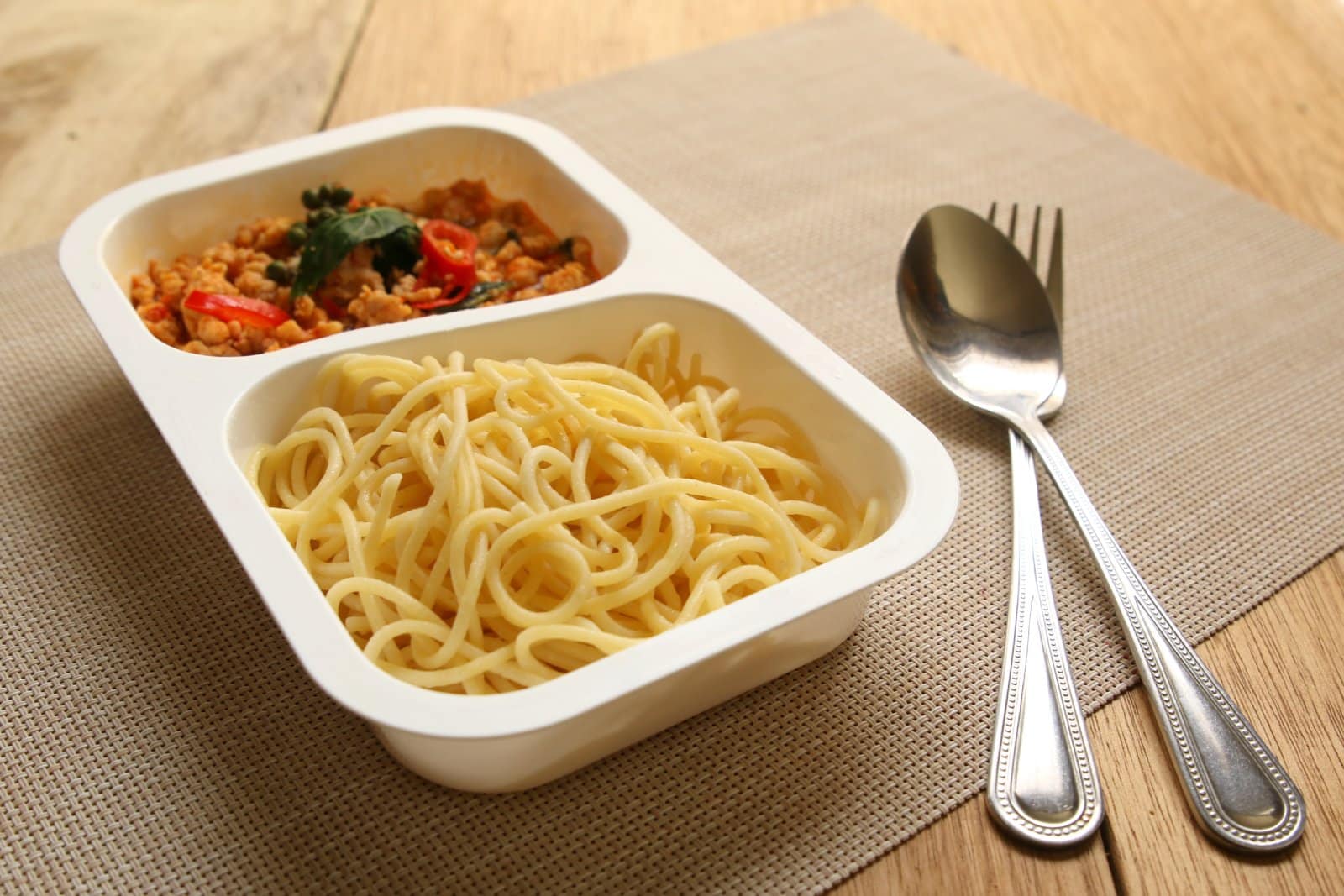
Diet-specific meal kits tout convenience and portion control but can cost over $10 per serving—far more than cooking from scratch. The environmental cost of packaging adds insult to injury.
#8. “Clean” Eating Books and Programs

Books and programs promoting “clean” eating can cost anywhere from $25 to hundreds of dollars, often peddling restrictive diets with little basis in nutritional science.
#9. Boutique Fitness Classes

Boutique fitness classes, marketed towards those striving for an ideal body shape, can cost over $30 per class. Regular attendance could set you back thousands annually, not including the gear and attire often promoted alongside them.
#10. Weight Loss Supplements

The weight loss supplement industry, valued at billions, thrives on the promise of quick fixes, with many products costing $50 to $100 per month. Not only is their efficacy questionable, but some have been found dangerous.
#11. Paleo and Keto Foods
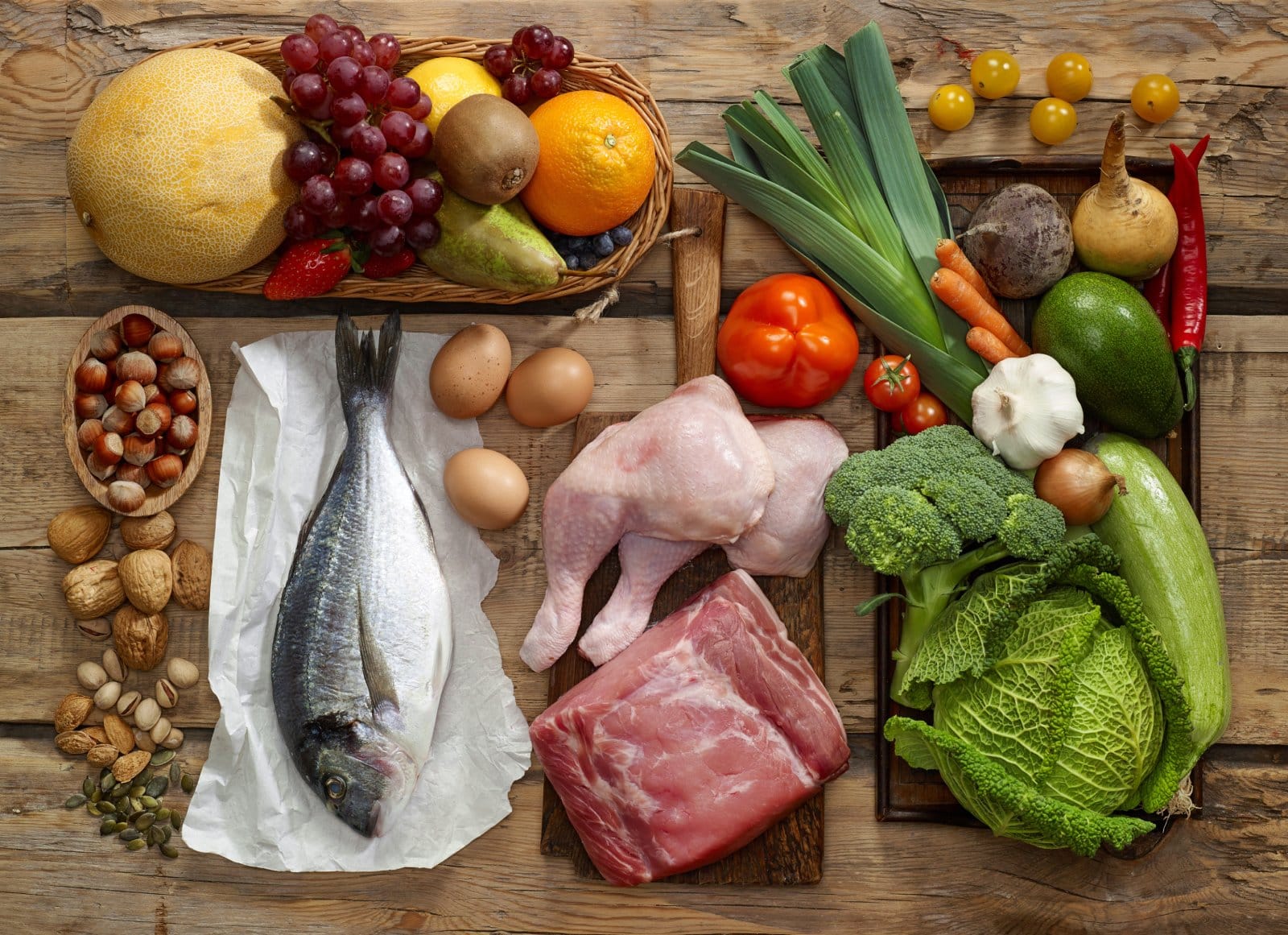
Specialized foods catering to Paleo or Keto diets often come with inflated prices, capitalizing on the trendiness of these high-fat, low-carb diets. The cost difference can be significant when compared to a balanced diet incorporating a variety of whole foods.
#12. Celebrity Endorsement Diets

Diets endorsed by celebrities often involve buying specific products, books, or meal plans, costing fans hundreds of dollars for unproven benefits and the illusion of a celebrity lifestyle.
#13. Fitness Trackers and Apps
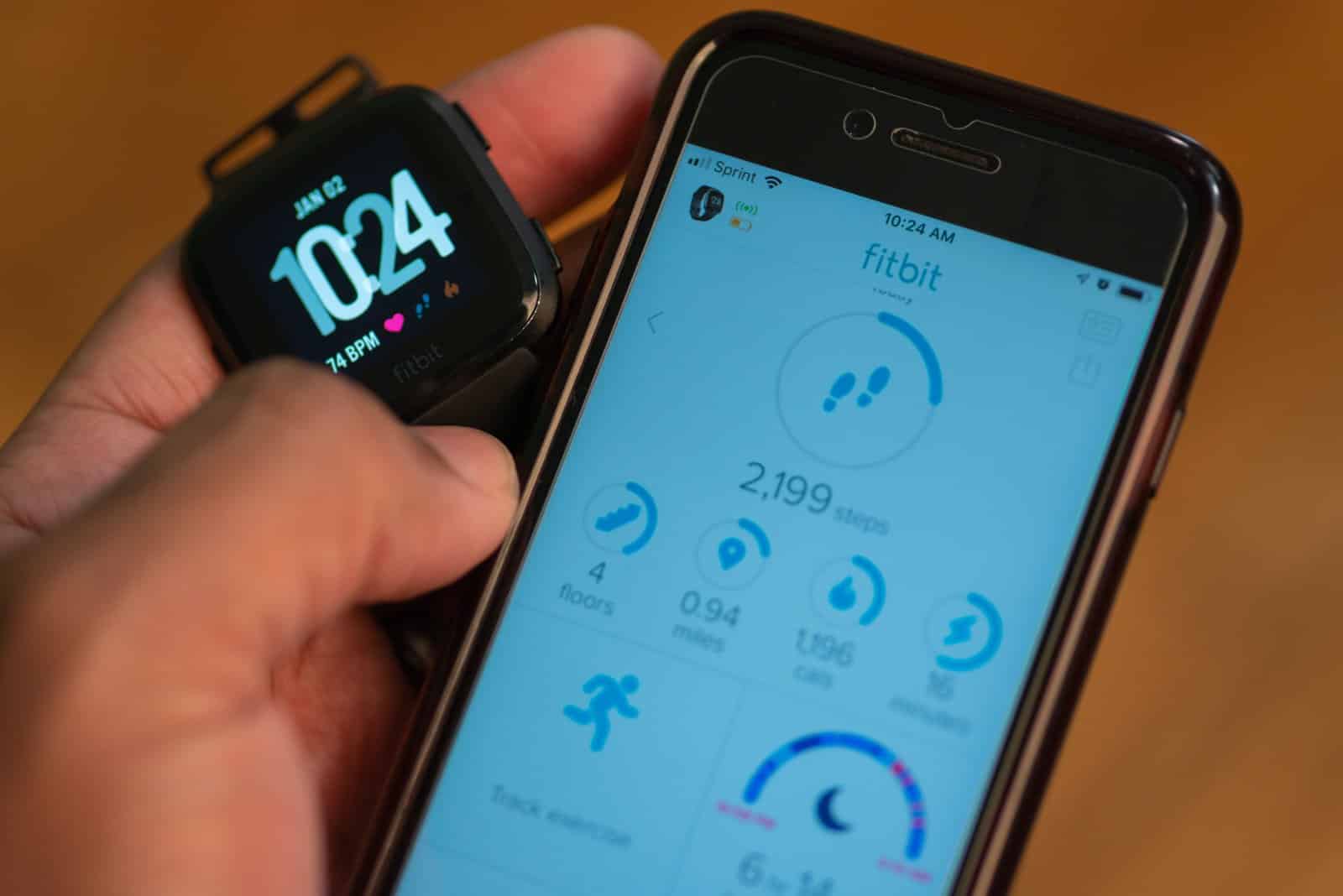
While not inherently bad, the reliance on fitness trackers and apps for diet and exercise adherence can become costly, with premium versions costing up to $10 a month, not accounting for the initial purchase of the device.
#14. Vegan Cheese and Meat Substitutes
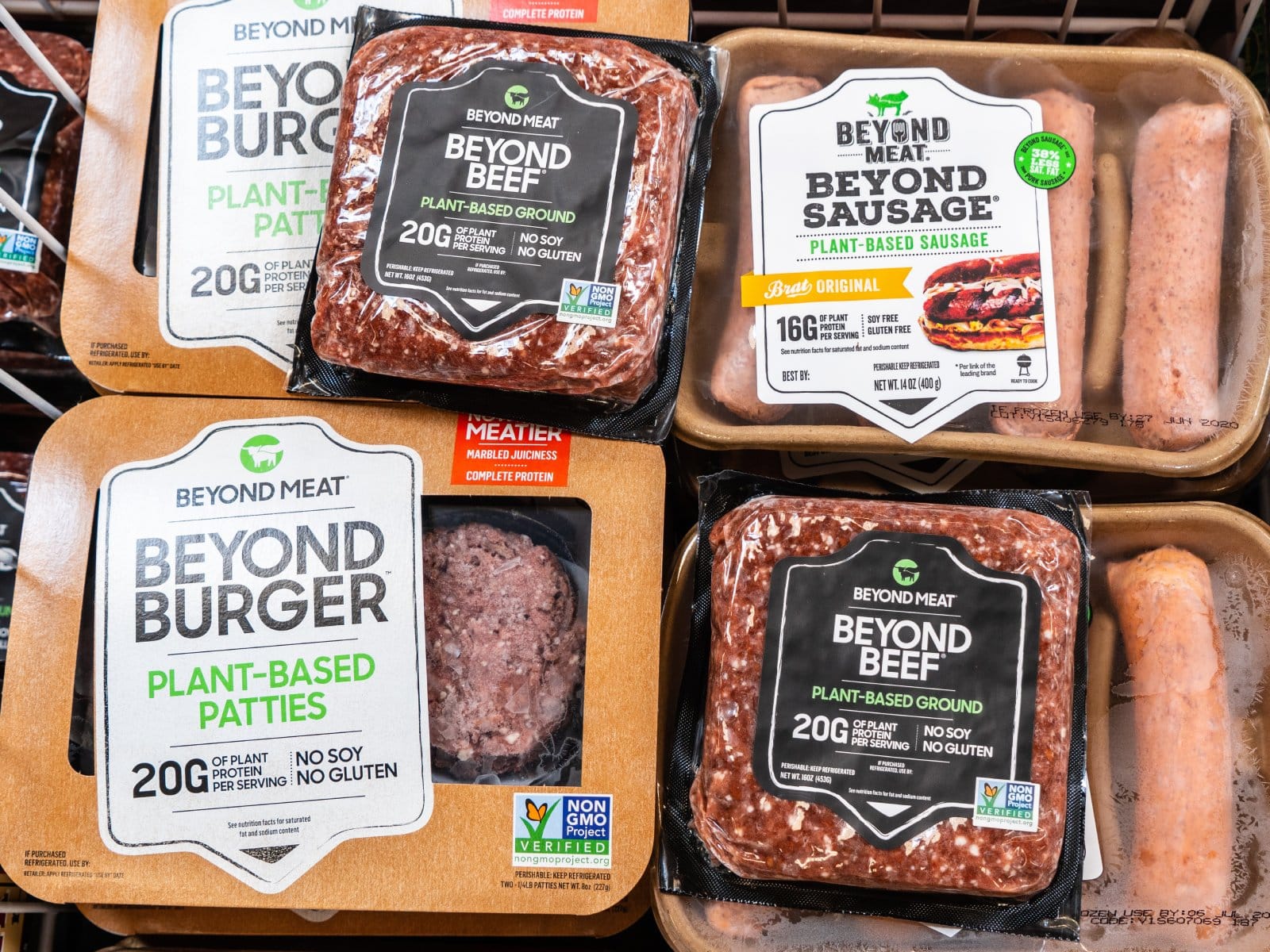
Vegan substitutes for cheese and meat can cost twice as much as their animal-based counterparts, despite being essential for those committed to a vegan lifestyle for ethical reasons.
#15. Spirulina and Other Algae Products
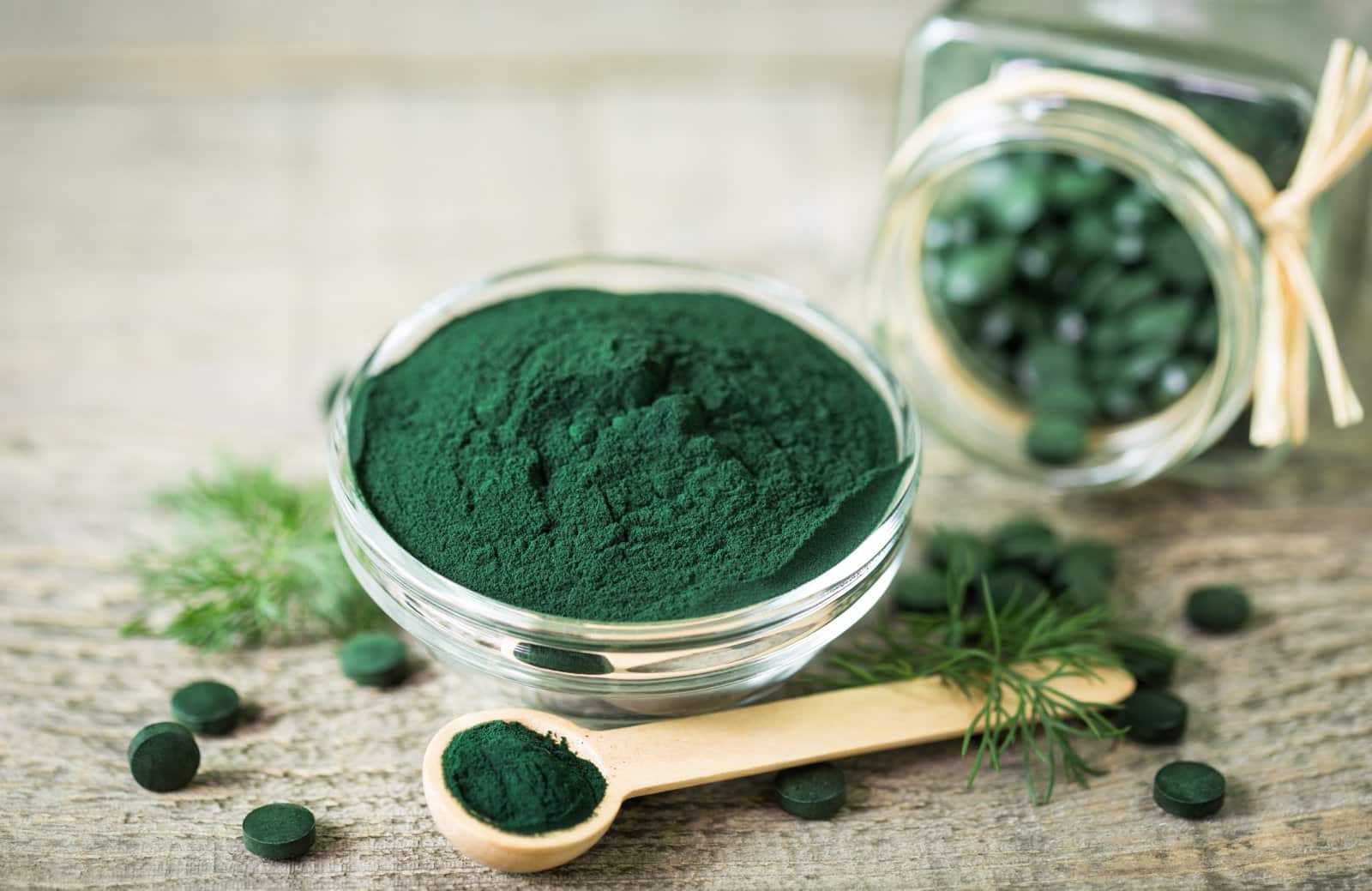
Touted for their health benefits, algae products like spirulina can cost up to $30 for a small jar. While nutritious, their superiority to less expensive, nutrient-dense vegetables is overstated.
#16. Avocado Toast at Brunch
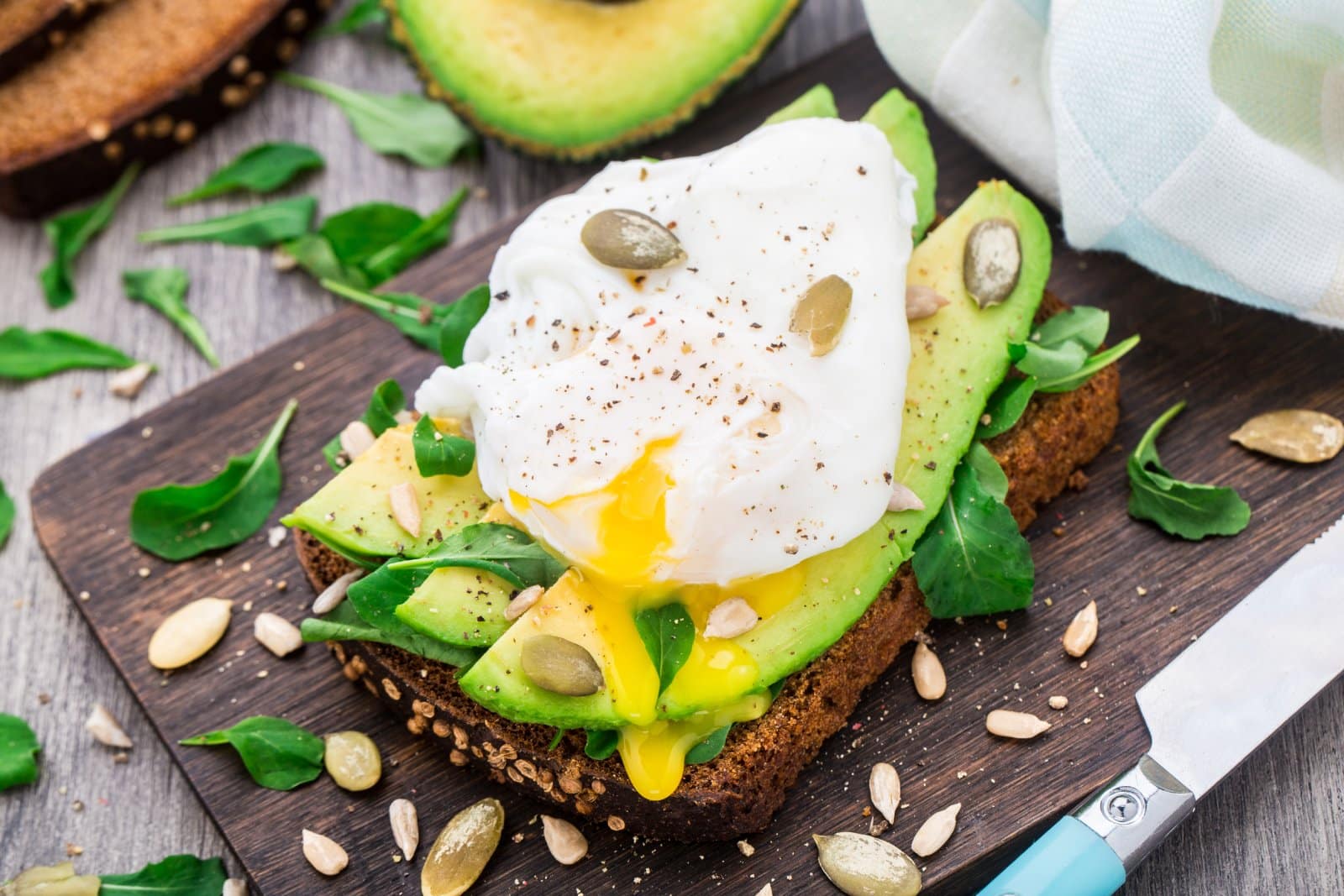
The symbol of millennial food culture, avocado toast, can cost up to $15 in some restaurants—a stark markup from the cost of making it at home.
#17. Almond, Oat, and Other Plant Milks

With the rise of dairy-free diets, plant-based milks can cost up to 50% more than cow’s milk, despite their growing popularity and claims of being healthier.
#18. Sugar-Free Products
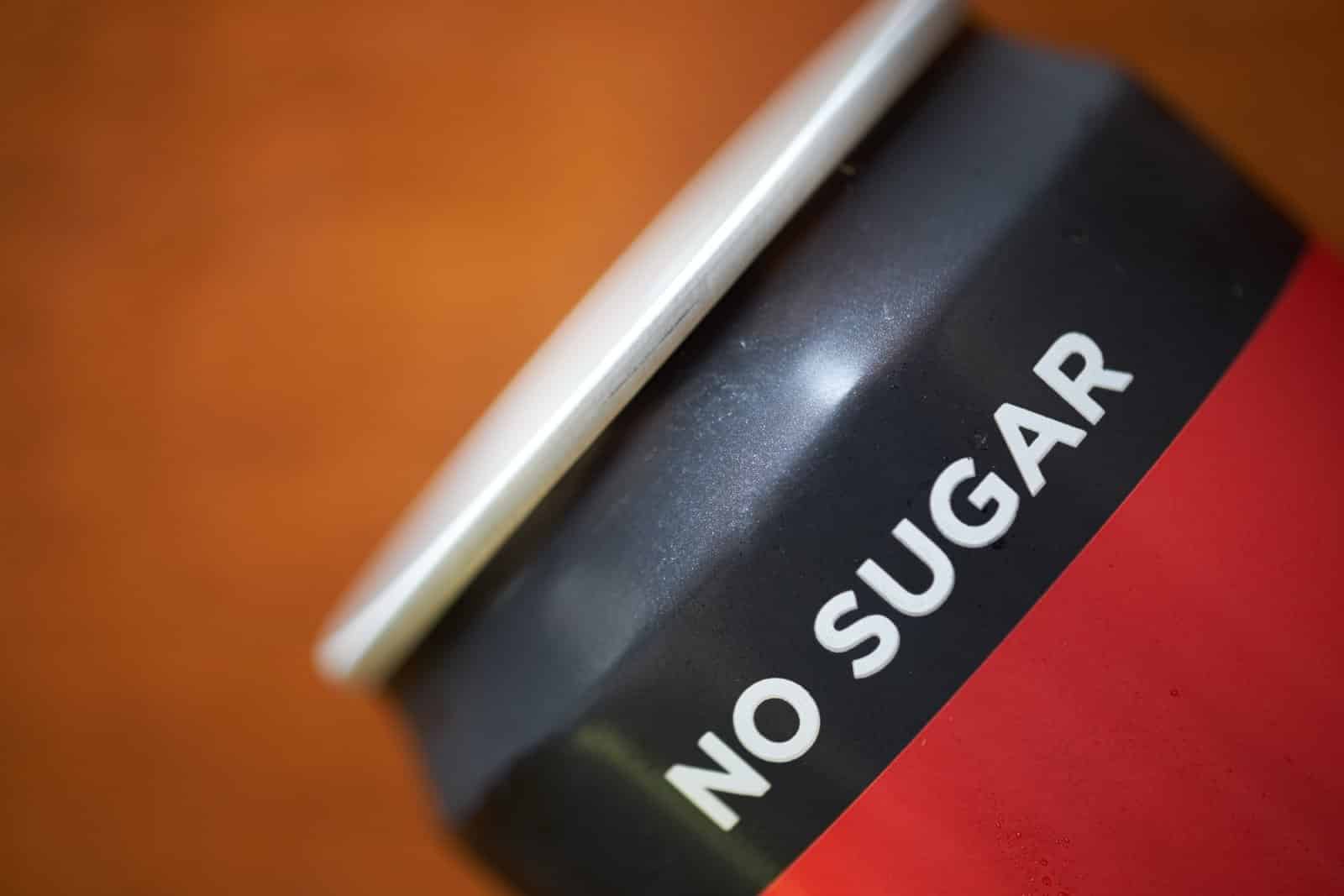
Sugar-free products often replace sugar with artificial sweeteners or other substitutes, costing more without providing significant health benefits, and in some cases, posing their own health risks.
#19. Raw Food Bars and Snacks

Raw food bars and snacks market themselves as healthier options but can cost over $3 per bar, a high price for convenience when whole fruits and nuts offer similar nutritional benefits at a fraction of the cost.
Count the Cost

Diet culture’s price tag extends far beyond the wallet—it costs us our sanity, our time, and often, our health. Before investing in the next diet trend, consider the real cost and whether it’s truly in service of your health or just another expense in the billion-dollar industry of diet culture.
23 Steep Taxes Adding to California Residents’ Burden

California: a place of sunshine, innovation, and, unfortunately, some of the nation’s highest taxes. From LA’s beaches to Silicon Valley’s tech hubs, residents grapple with a maze of state taxes. Here’s a glance at 23 taxes that might surprise both Californians and outsiders. 23 Steep Taxes Adding to California Residents’ Burden
Cash in on Nostalgia: 21 Toys Now Worth a Fortune

Time to dust off the boxes and find that once-cherished toy from your childhood. For collectors and enthusiasts, they items have become valued objects and they can be worth big bucks – are there any of these in your attic? Cash in on Nostalgia: 21 Toys Now Worth a Fortune
Millennials Don’t Buy These 19 Products Anymore

Millennials are changing consumer habits, quietly replacing once-staple products and traditions. Often criticized for their disruptive preferences, this generation is reshaping the marketplace with digital expertise, ethical buying, and a taste for the unconventional. Millennials Don’t Buy These 19 Products Anymore
Featured Image Credit: Shutterstock / Avirut S.
The content of this article is for informational purposes only and does not constitute or replace professional financial advice.
For transparency, this content was partly developed with AI assistance and carefully curated by an experienced editor to be informative and ensure accuracy.
